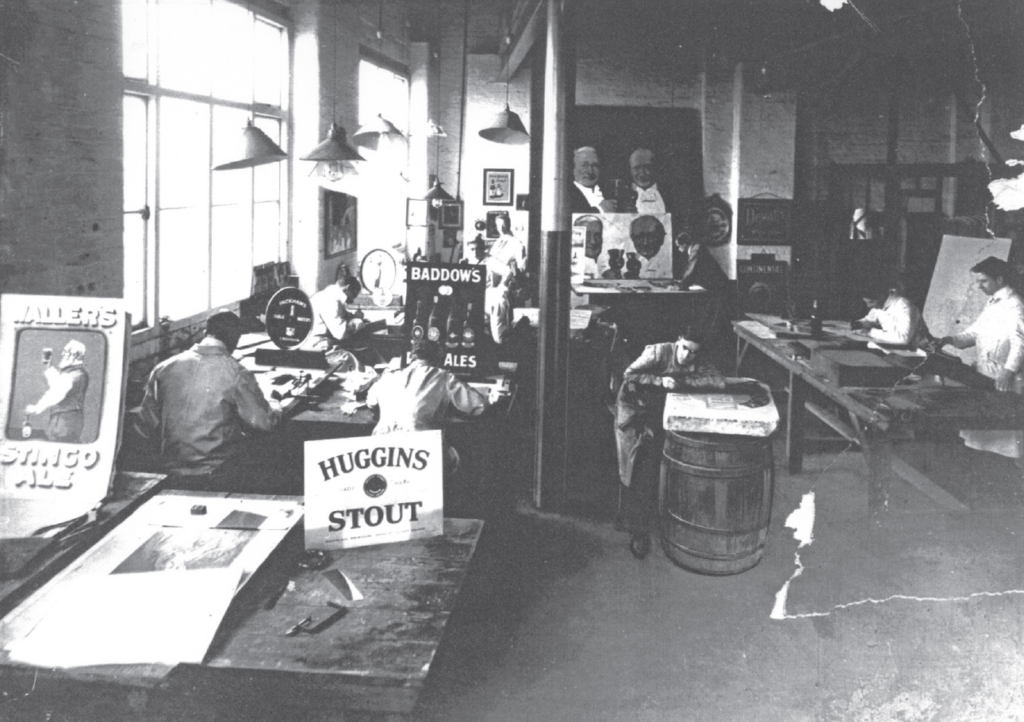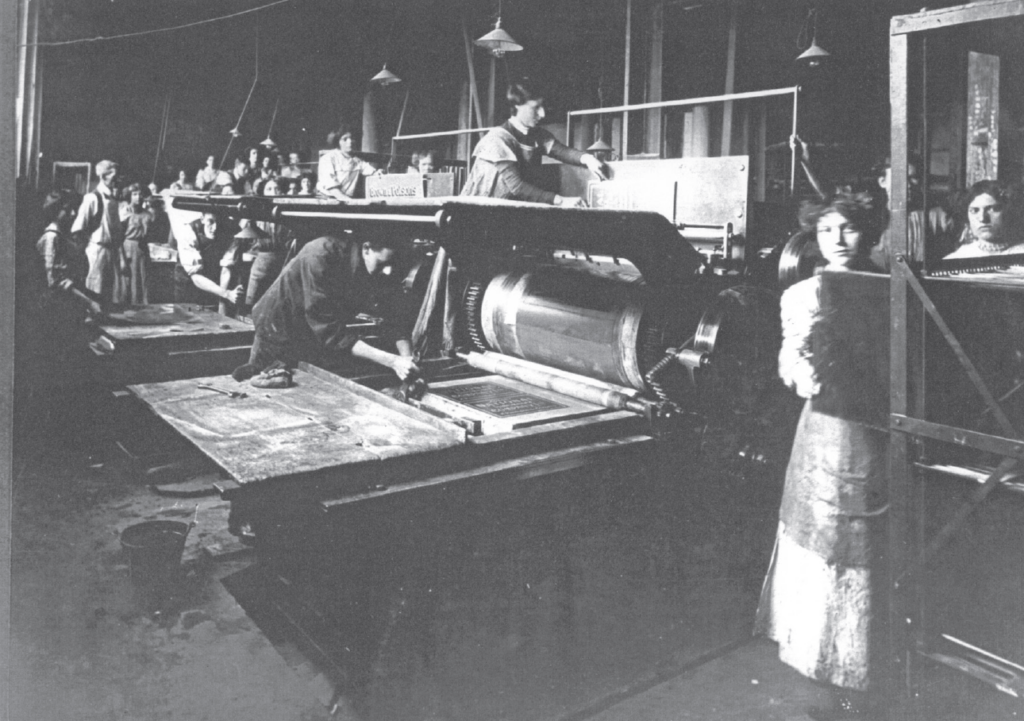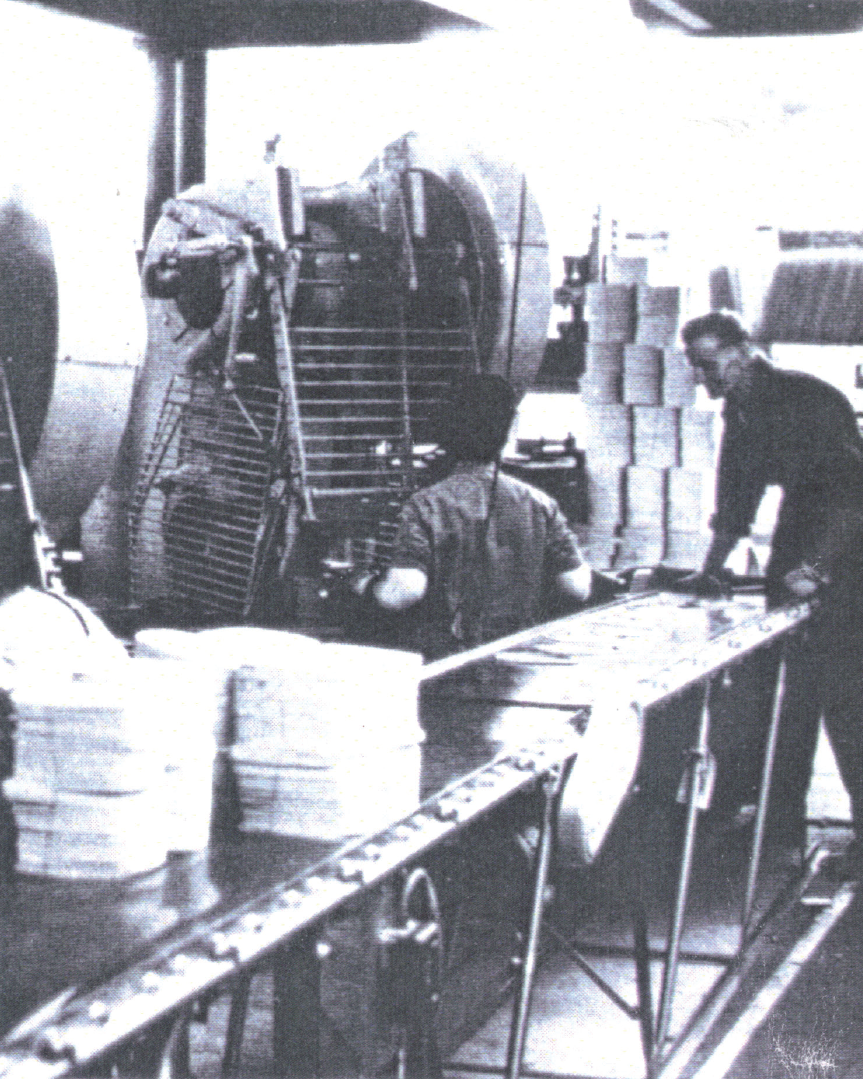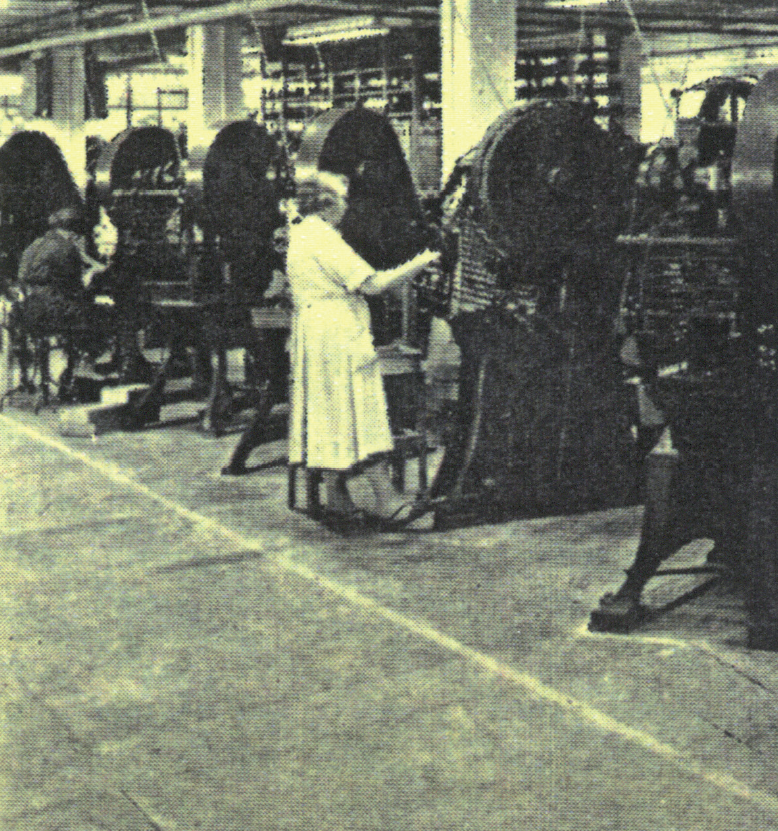British Brewery Tray Manufacturing 1870 To 1970
Introduction
There are approximately 50 manufacturers which produced British brewery and cider trays. Most trays were produced in England, a few in Scotland, and a few in Belgium and Germany.
Hancock, Corfield & Waller Ltd was the Company which manufactured trays for the longest period, for 70 years between 1900 and 1970.
Reginald Corfield Ltd manufactured the largest production runs, peaking at 50,000 during the 1950s, although production runs of 5,000 were the most common. 2,500 was the smallest production run for the larger manufacturers.
Reginald Corfield also produced the greatest variety of trays in my collection.
Three manufacturers, Reginald Corfield Ltd, Hancock Corfield & Waller Ltd, and the Metal Box Co. Ltd, account for approximately 60% of my collection.
The 1950s and 1960s were the two eras in which the manufacture of trays was most prolific.
The city of Birmingham had the greatest number of manufacturers over the century, whilst London produced the greatest volume of trays. In the earliest period of manufacturing history, Glasgow was the most influential city, especially for brass and copper items.
This website details the history of six of the largest manufacturers.
1. Barringer Wallis & Manners Ltd
2. The Metal Box Co. Ltd
3. The Birmingham Advertising Tablet Co. Ltd (B.A.T.Co. Ltd)
4. Hancock Corfield & Waller Ltd (HCW)
5. Reginald Corfield Ltd
6. Sir Joseph Causton Ltd
Inside the Manufacturer
From design to despatch, all the above manufacturers, had all their departments situated on the same site.
In the early days the manufacturers performed two key services for their clients, the design of the waiter tray, and subsequent manufacture and delivery.

Although I do not fully understand the entire manufacturing process, a number of interviews with those who worked there, revealed five key steps.
Step 1 – Metal sheets were cleaned and all grease was removed
Step 2 – Metal sheets were placed through a Blacking Machine to colour and strengthen the back of the tray.
Step 3 – Metal sheets were sent to Printing Room to apply a primer coat of white followed by the colouring/print design. Flat-bed machines were used before WWII

Step 4 – Printed metal sheets were sent to the Varnish Room, for varnishing and drying
Step 5 – The Pressing & Finishing Shop was where trays were cut out, and shaped (blanks out) using power presses, cutting & curling machines.



Step 6 – Finished trays were packed and despatched
The photographs were recovered during research of Hancock Corfield & Waller Ltd and Reginald Corfield Ltd.
These photographs give a sense of what it was like to actually work in a tray manufacturing environment. There was little Health & Safety in those days!
Summary
Please enjoy the articles which feature the main British manufacturers. Each has a unique history.
If any further information is available for any of the featured manufacturers, or indeed any other manufacturer, please feel free to contact me.
Manufacturers Matrix
I have attempted to summarise the chronological order in which British different trays were produced by different manufacturers. Whilst not fully comprehensive the attached matrix provides strong clues as to when and what each manufactured


